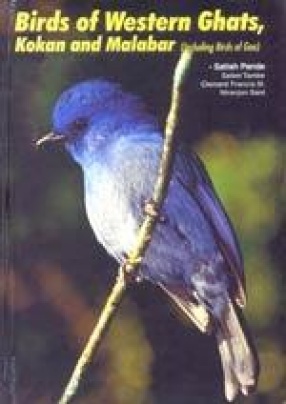A Field Guide to Indian Mammals
Mammals are the most charismatic of all fauna. Perhaps it is because we belong to the order ourselves that we find them of perennial interest. Majestic big cats fascinate us, gigantic elephants hold us spellbound, and primates with their forward-facing eyes and human-like faces remind us of our own origins. These charismatic mega-fauna serve as flagships for the class that encompassed 4,629 distinct species. India has about 400 mammals, some of them widely recognized such as the national animal, the tiger, and others such as the tree shrew, enigmatic and evolutionarily unique. Around 65 per cent of the world's wild tigers and Asian Elephants are found in India, as are 85 percent of its One-horned Rhinos. It is also the only country to have the Asiatic Lion. India teams with antelope and deer, has five species of big cats, four massive wild cattle, 141 wild goat and sheep, and 15 primates. Add to these the numerous bats, rodents, and cetaceans, and you have the most incredible array of wildlife. While Indian jungles, unlike African savannas, do not offer the visitor dozens of mammal species in close proximity, areas do exist where wildlife may be viewed in abundance. Herds of elephants at the Kabini reservoir in the months of March and April, the bats that swarm into Robber's Cave every evening at Mahabaleswar, or the temporary associations of wild goat and sheep as they shift their altitudinal range in response to the climate, offer unforgettable glimpses into the world of mammals. Wildlife enthusiasts are also guaranteed memorable encounters in the wild with the high density of tigers in reserves such as Ranthambhor, or of One-horned Rhinos in Kaziranga, Gaur in Nagerahole, elephants in Corbett, and Blackbuck in Velavadar. Ever since it was published in 1948, S.H. Prater's Books of Indian Animals has been the standard reference on the subject of Indian mammals, providing detailed accounts of all the common species. The present book is the first comprehensive guide that attempts to cover all the mammal species of India. It is the product of many years of field observation and personal research, strengthened by the comments and suggestions of over two dozen researchers and scientists, and further polished by the comments of five mammalogists of national repute.
Get it now and save 10%
BECOME A MEMBER











Bibliographic information